Achieved
On the timeline below the achieved results of the DOMUS project are to be found, mentioned by month (the project duration is 42 months). In case you would like to keep updated, please subscribe to the DOMUS newsletter.
Click here to view reports of achieved results.
The result, from partner COV has been achieved in October 2021: Month 48/48 of the project. A particularly innovative part of the DOMUS proposal is the idea that we can optimise the cabin configuration to further reduce the energy consumption of the climate control system while maintaining safety and comfort. The result, from partner COV has been achieved in October 2021: Month 48/48 of the project. The DOMUS project has developed an optimised car cabin comfort controller and shown, through simulation, a 20% range extension for the target Electric Vehicle (EV). The optimisation work builds on past DOMUS work.. Read more…. The result, from partner COV has been achieved in October 2021: Month 48/48 of the project. Simulation is a key piece in the puzzle of engineering high performance systems. Furthermore, computationally fast simulation enables modern computer optimisation approaches that have traditionally been inaccessible. Simulation of the thermal aspects of the car cabin can be broken into two main parts The result, from partners CRF, Stellantis, DENSO and coordinator IDIADA has been achieved in October 2021: Month 48/48 of the project. After partner Stellanis (formerly known as FCA) finalized the integration of the demo car, the SW debug and calibration phase took place with the backing of IDIADA, DENSO and FCA. These activities continued until the demo was taken to DENSO’s premises to perform the Worldwide Harmonised Light vehicles Test Procedure (WLTP) tests in a climatic chamber as well as cool down and warm up tests. The result, from coordinator IDIADA and partners ViF, CRF, TME, IKA and COV has been achieved in May 2021: Month 43/48 of the project. The DOMUS consortium partners came together and combined their expertise during three workshops to define a set of innovative cabin designs for future Electric Vehicles. As a starting point the group of experts considered the technological innovations from DOMUS, future European mobility situations and future user needs. The result, from partners DENSO THERMAL SYSTEMS SpA, Centro Ricerche FIAT SCpA, IEE S.A, FAURECIA, Hutchinson S.A. and IDIADA Automotive Technology SA., has been achieved in March 2021: Month 41/48 of the project. IDIADA is in charge of developing a software capable to regulate the user comfort and guarantee safety while minimizing the power consumption. This software will be implemented in the vehicle prototype for further testing and validation. The result, from partners Hutchinson and Fraunhofer LBF, has been achieved in December 2020: Month 38/48 of the project. New challenges are rising for thermal management in relation to e-mobility. The primary influences on the range of electric vehicles are the traction battery and the drive system. The temperature-dependent performance of the battery and the energy savings in the auxiliaries, e.g. air conditioning in passenger compartment, have a major influence on the battery range. Read more… The result, from partners COV and CRF, has been achieved in April 2020: Month 30/48 of the project. Computer aided engineering (CAE) and design has revolutionised car manufacturing as it offers performance insight during the development stage, manages risks, and resolves challenging real-life design problems. However, the use of CAE is not without limitations, as there is a degree of tension between the need for accuracy and the computational speed required to optimise a system with multiply variables and complex systems within a reasonable time. Read more… The result, from partners LIST and TME, has been achieved in April 2020: Month 30/48 of the project. Windshield and view mirrors fogging-up is a common issue met by every driver, who’s vision can be seriously hindered, creating a safety risk if not mitigated. To counteract fogging, the in-vehicle heating and air-conditioning systems can be used to heat the glass surface and prevent fogging. However, this traditional use of active systems is responsible for an increase of the power consumption. Read more… The result, from partners COV, CRF, IKA, TME and ViF, has been achieved on 31 January 2020: Month 27/48 of the project. The level of comfort in a car does influence purchasing decisions. By developing a new model which allows comfort to be quantified, the DOMUS project is aiming to improve the overall delivery of comfort in a car cabin and the driving range of an electric car. This remarkable attempt to form a holistic comfort model includes factors other than thermal ones, such as individual factors (e.g. gender, thermal & activity history), task, scent, sound, light or radiations. Read more… The Intermediate result, from partners CRF , HUT and FhG, has been achieved on 16 January 2020: Month 27/48 of the project. Within the scope of cabin comfort and energy efficiency improvements for Electrical Vehicle (EV) in DOMUS project, this short document aims to highlight the work done on the development of: The Intermediate result, from partners IEE, CRF, Stellantis and HUT, has been achieved in December 2019: Month 26/48 of the project. In future electrical vehicles concepts, radiant panel are discussed to play an important role to provide an efficient cabin heating. Efficient heating translates directly to an increase in the vehicle drive range. The key contribution of IEE to the DOMUS project are printing heating foils which will be integrated into interior components, such as door panels or lower dashboard parts, for the project demo vehicle. The Intermediate result, from partners List and TME, has been achieved on 14 November, 2019: Month 25/48 of the project. Windshield and view mirrors fogging-up is a common safety issue experienced by every driver. Unless heating-up the surface, increasing the energy consumption of the heating ventilation and air conditioning (HVAC) system, water vapour condensate on cold surfaces. Intermediate result, from partners IDIADA, CRF, DNTS, HUTCH and Stellantis, has been achieved on 16 October, 2019: Month 24/48 of the project. This article is intended at providing an overview of the development of: Intermediate result, from partners VIF and TME, has been achieved on 29 August, 2019: Month 22/48 of the project. Holistic comfort models are becoming increasingly important for the design and virtual evaluation of advanced automotive cabin and occupant experiences. Whereas for manual driving the main driver tasks have been relatively fixed, with the advent of automated driving the possible occupant activities dramatically increase which should influence the experience of comfort. Intermediate result, from partners COV, CRF, IKA, TME and VIF, has been achieved during December 2018 till July 2019: Months 14 till 21/ 48 of the project). Jury experimentations aiming at evaluating the impact of priority comfort factors, identified in D1.1, have been organised at the premises of 5 DOMUS partners. The objective of the studies is to research these new factors not yet taken into account in existing comfort models. Intermediate result, from partners VIF, TME, CRF, IDIADA, IKA, VOLVO and COV, has been achieved on 8 May, 2019: Month 19/48 of the project. In today’s competitive automotive markets most vehicle manufacturers offer novel and often seemingly disruptive vehicle designs. But how effective, safe, and comfortable are such novel designs? Intermediate result, from partners COV, IKA, VIF, CRF, TME and TECNALIA, has been achieved on 30 October, 2018: Month 12/48 of the project. The DOMUS project aims to reduce the energy consumption of future electric vehicles (EVs). This will be achieved by understanding in depth the comfort perception of EV users before developing reliable methods for designing and assessing the full vehicle context from a user-centric perspective Read more… Intermediate result, from partners COV, CRF, IKA, TECNALIA, TME and VIF, has been achieved on 21 May, 2018: month 7/48 of the project. Windshield and view mirrors fogging-up is a common safety issue experienced by every driver. Unless heating-up the surface, increasing the energy consumption of the heating ventilation and air conditioning (HVAC) system, water vapour condensate on cold surfaces. Optimised Cabin Configuration – October 2021

Read more… Optimised Controller – October 2021
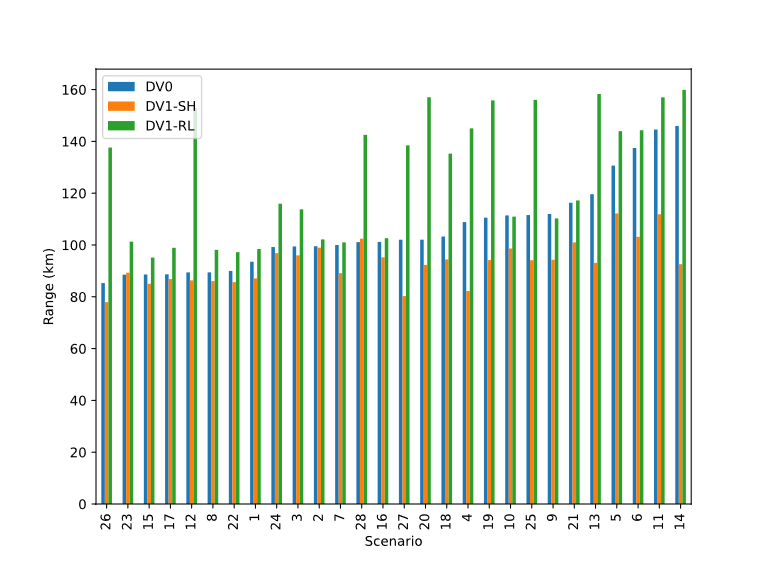
Integrated simulator – October 2021
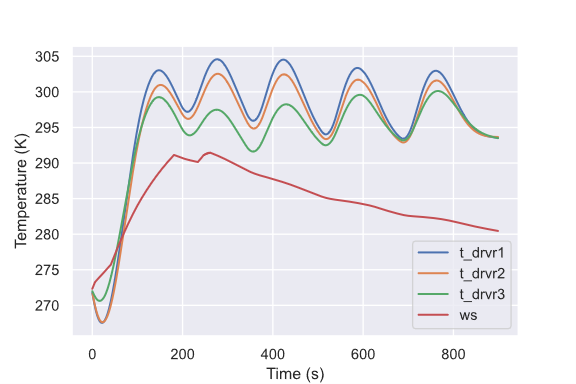
Read more… Thermal testing of the DOMUS demonstrator – October 2021
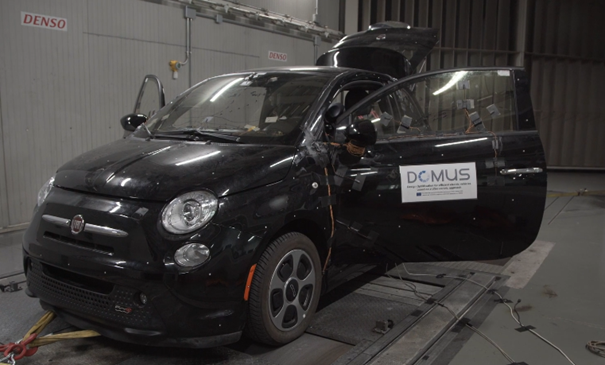
Read more… Mock up of disruptive cabin design – May 2021
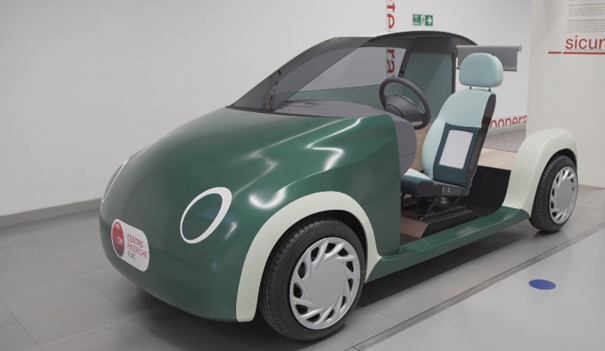
Read more… Control Logic – March 2021
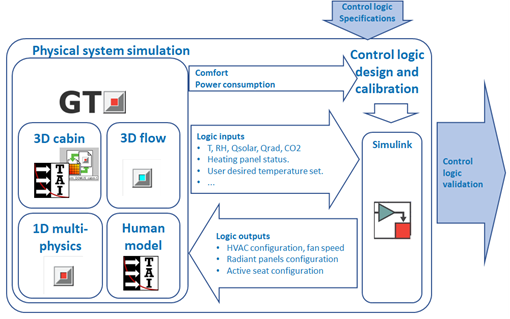
Read more… Improved form-stable phase change materials – Dec 2020
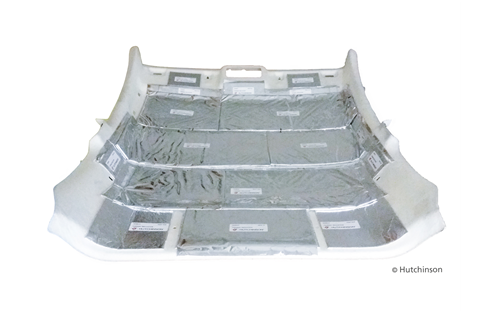
Development of an Efficient Thermal Cabin Model with Computational Fluid Dynamic Simulation – Apr 2020
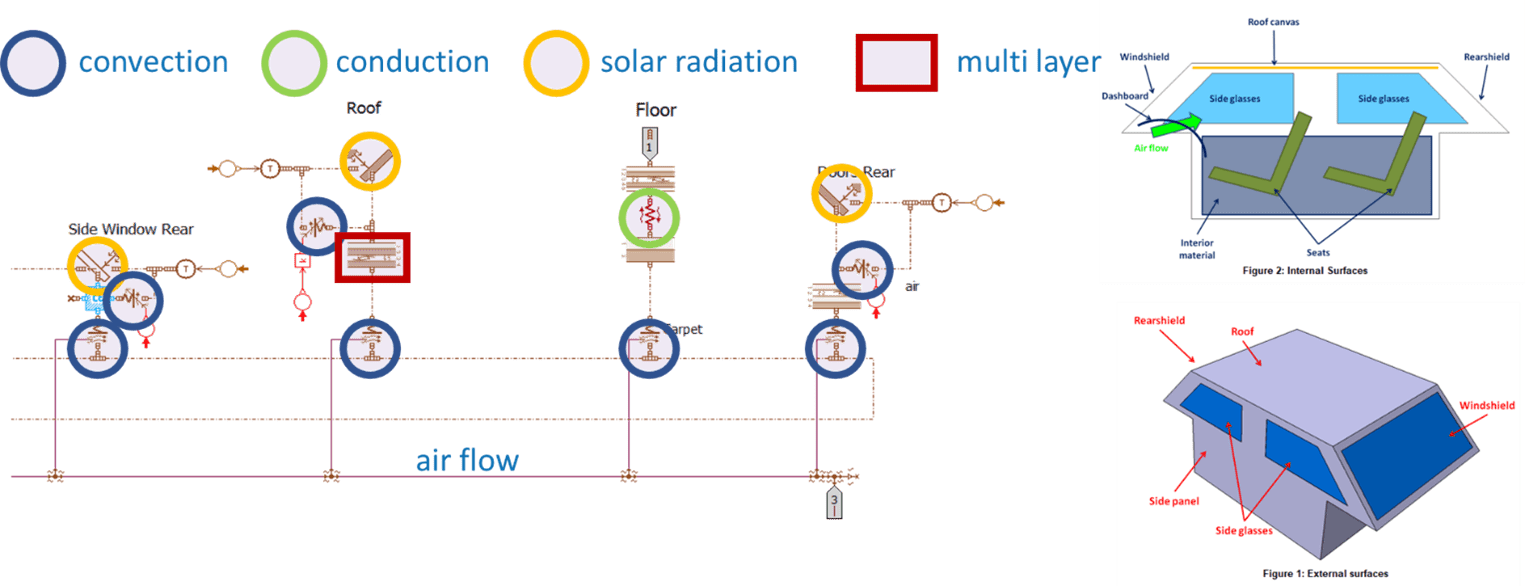
Enhanced driver vision via powerconsumption-less technological solution – Apr 2020
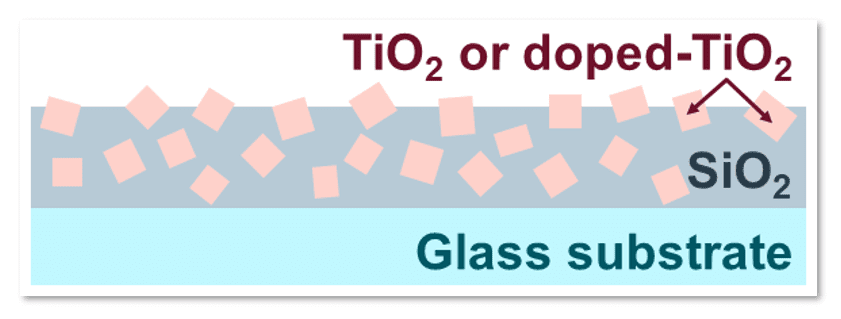
Holistic comfort model – Jan 2020
Insulating Body Panels – Jan 2020
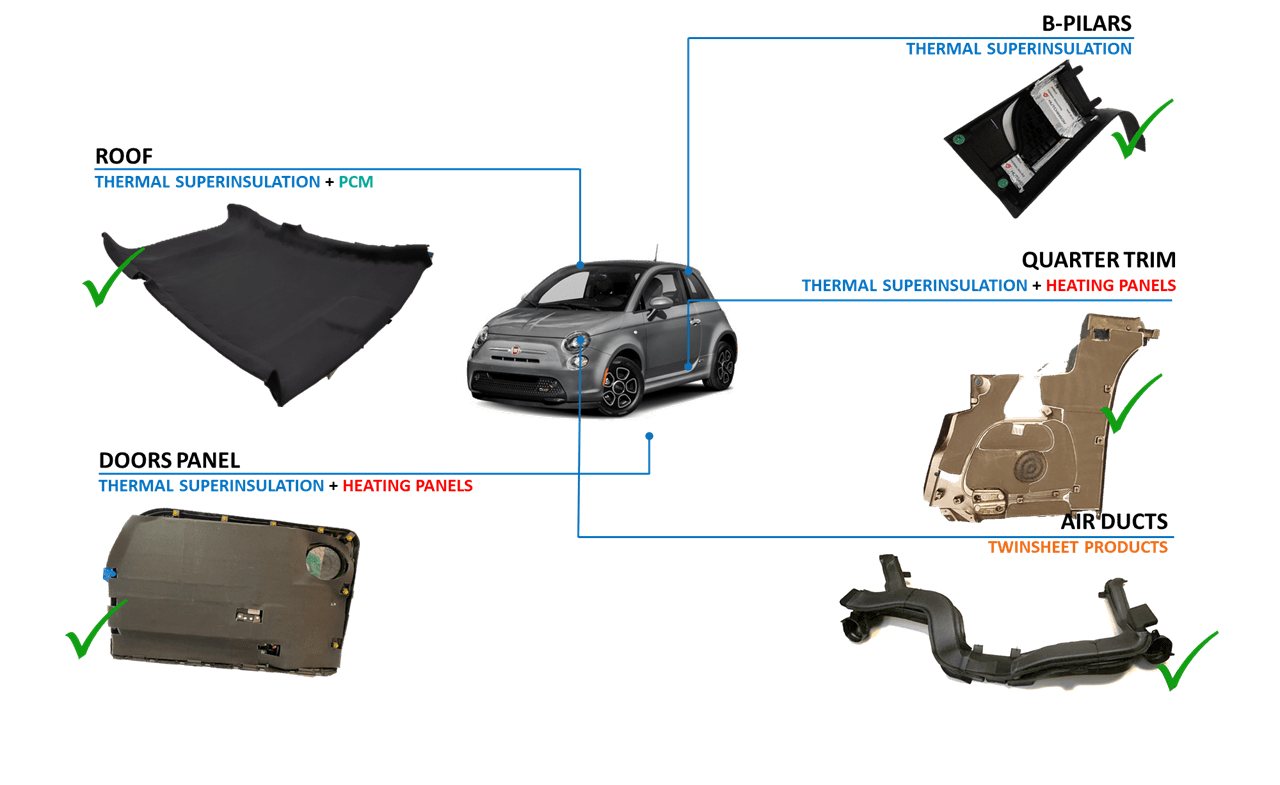
Novel heating concepts for electrical vehicles for extended drives ranges – Dec 2019
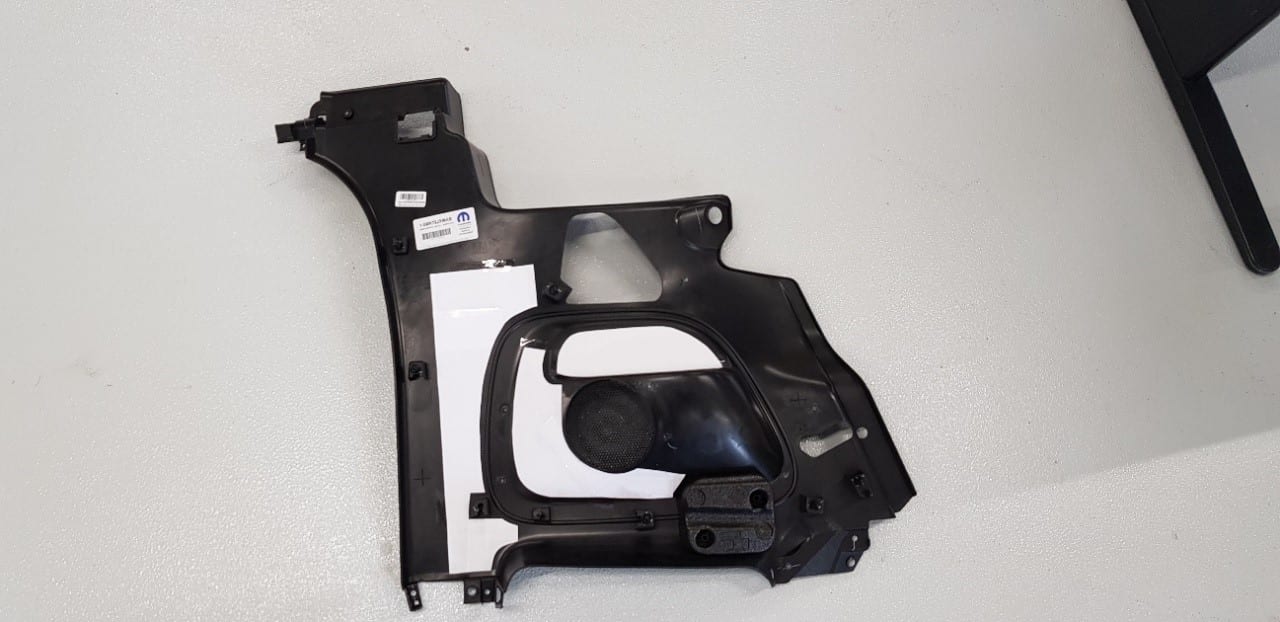
Read more… Permanent anti-fog windshield nanocoating for enhanced driver vision – Nov 2019
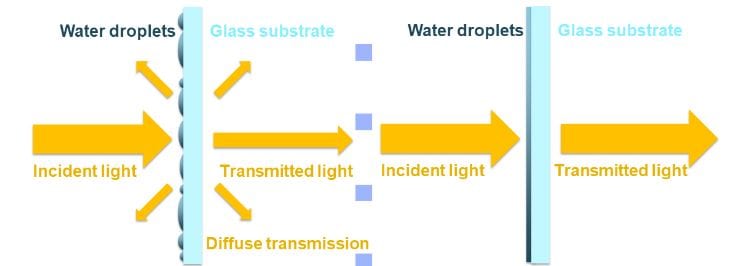
Read more… Thermal Energy Storage (TES) – Subsystem & Pre-Conditioning Strategies – Oct 2019
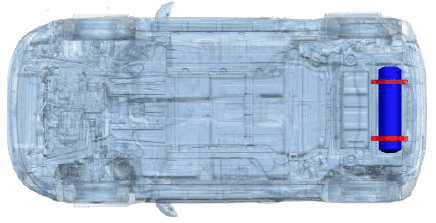
A Holistic Comfort Model for Virtual Cabin Designs at the ICC 2019 in Delft – Aug 2019
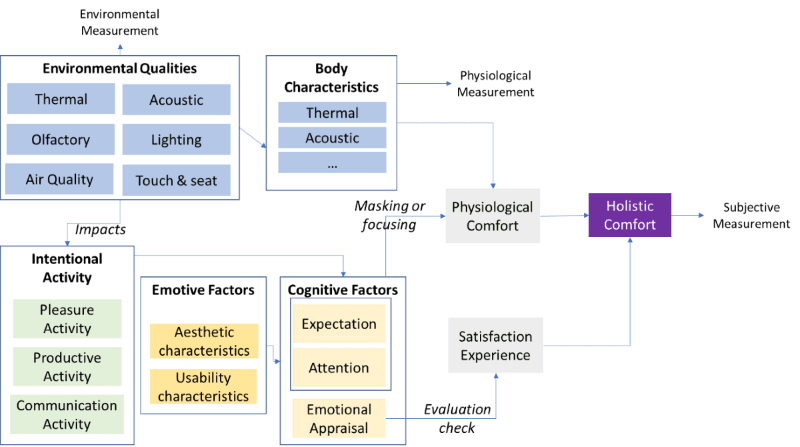
Read more… Comfort studies: towards a more holistic understanding of comfort – Dec 2018 till July 2019
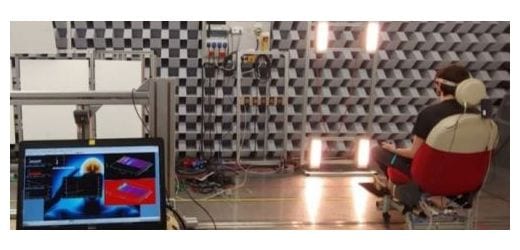
Read more… Design and Virtual Evaluation of Disruptive Cabin Designs for Energy Efficiency and Comfort – May 2019
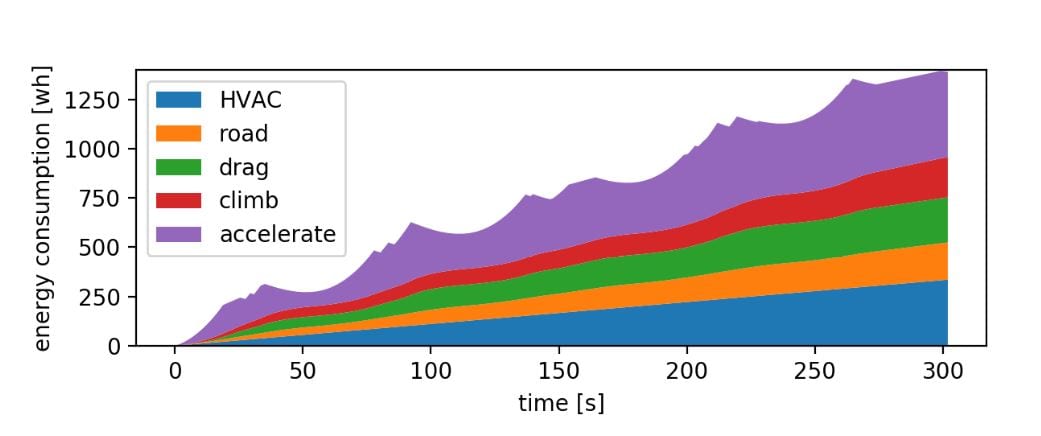
Read more… Framework for Assessment of Virtual Vehicles – Oct 2018
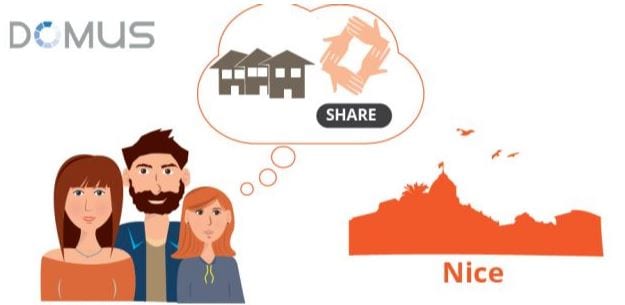
Priority Factors for Estimating Comfort – May 2018
Read more…


